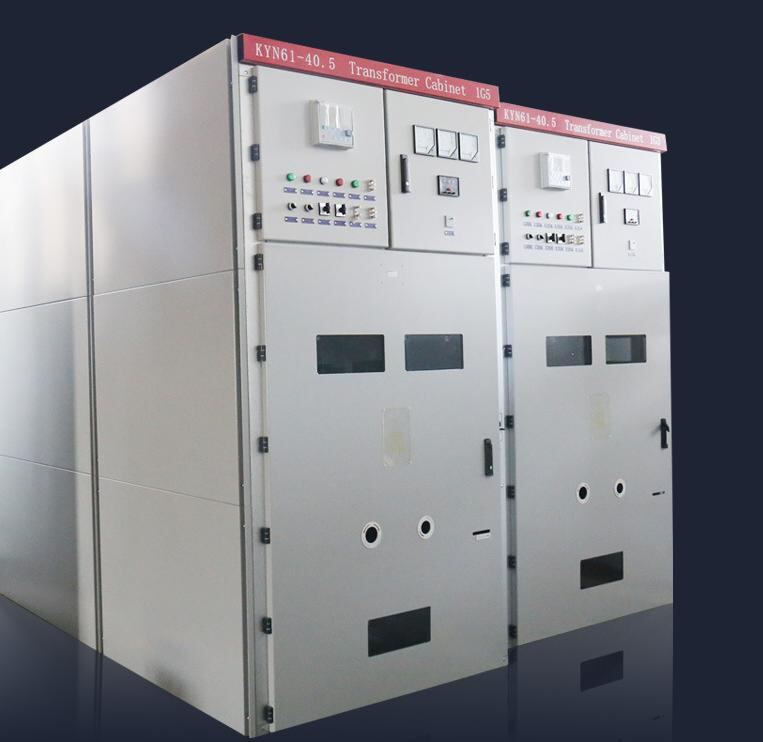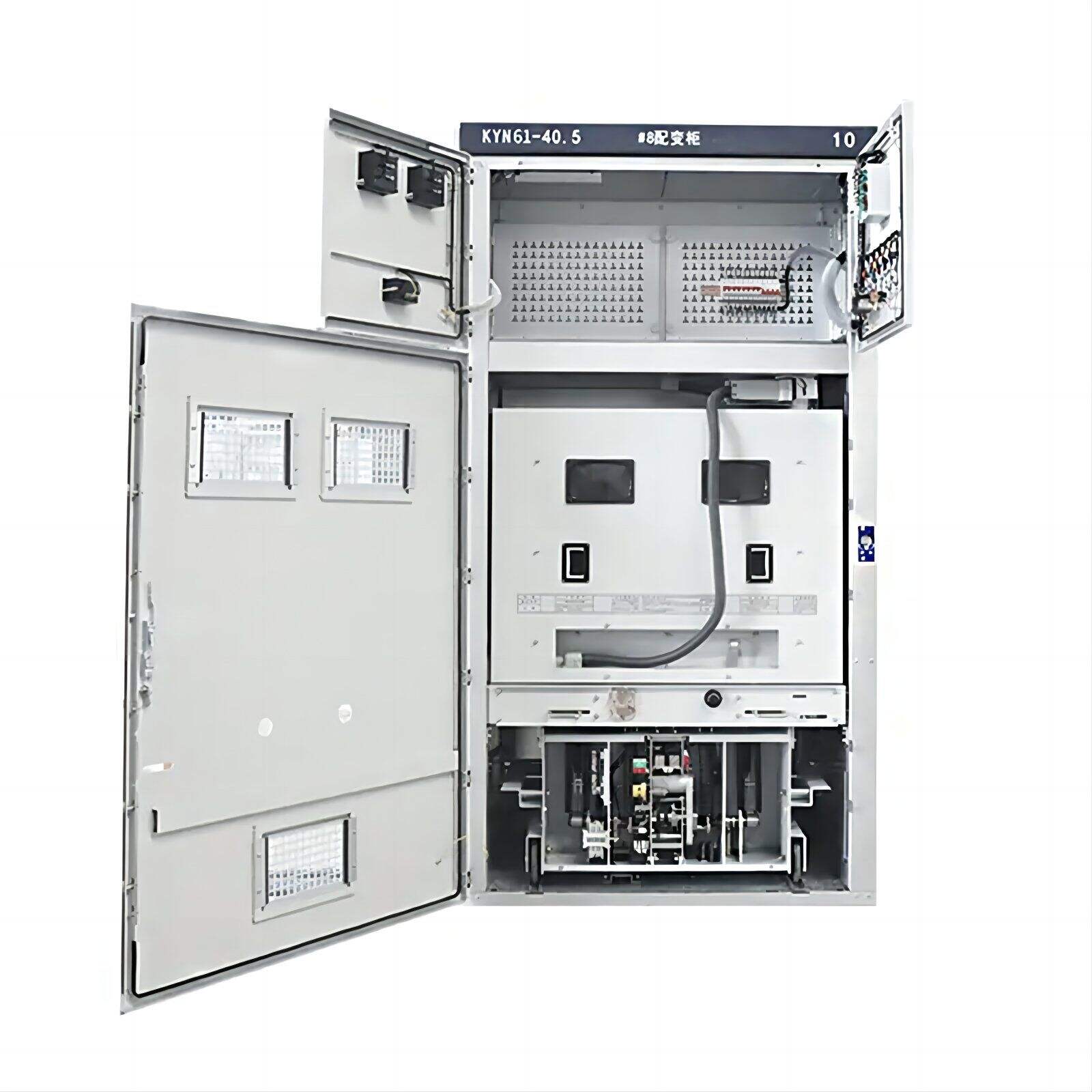isklopno uređenje za električnu energiju
Koridori predstavljaju ključnu komponentu u elektroenergetskim sustavima i služe kao kombinacija električnih odvajajućih prekidača, osigurača i prekidača struje koji se koriste za upravljanje, zaštitu i izolaciju električne opreme. Moderni koridori igraju važnu ulogu u sigurnoj i pouzdanoj distribuciji električne energije u raznim primjenama, od industrijskih objekata do stambenih zgrada. U svojoj osnovi, koridori obavljaju tri ključne funkcije: prekidanje struje tijekom normalne operacije, izolaciju strujnih krugova i opreme za potrebe održavanja te zaštitu od kvarova brzim isključivanjem utjecanih krugova. Tehnologija uključuje napredne značajke poput zaštite od luka, mogućnosti daljinskog nadzora i inteligentne dijagnostike koje pomažu u prevenciji oštećenja opreme i osiguravaju sigurnost osoblja. Koridori dostupni su u raznim konfiguracijama, uključujući niskonaponske (LV), srednjenaponske (MV) i visokonaponske (HV) varijante, pri čemu je svaka dizajnirana da zadovolji određene operativne zahtjeve. Ovi sustavi obično uključuju izdržljive izolacijske materijale, precizne kontakte i sofisticirane kontrolne sustave koji zajedno održavaju stabilnost elektroenergetskog sustava. Moderni sustavi koridora često uključuju digitalne sučelja koja omogućuju stvarnovremeni nadzor, prediktivno održavanje i integraciju s pametnim mrežama, čime su postali nezaobilazan dio suvremene infrastrukture distribucije energije.


